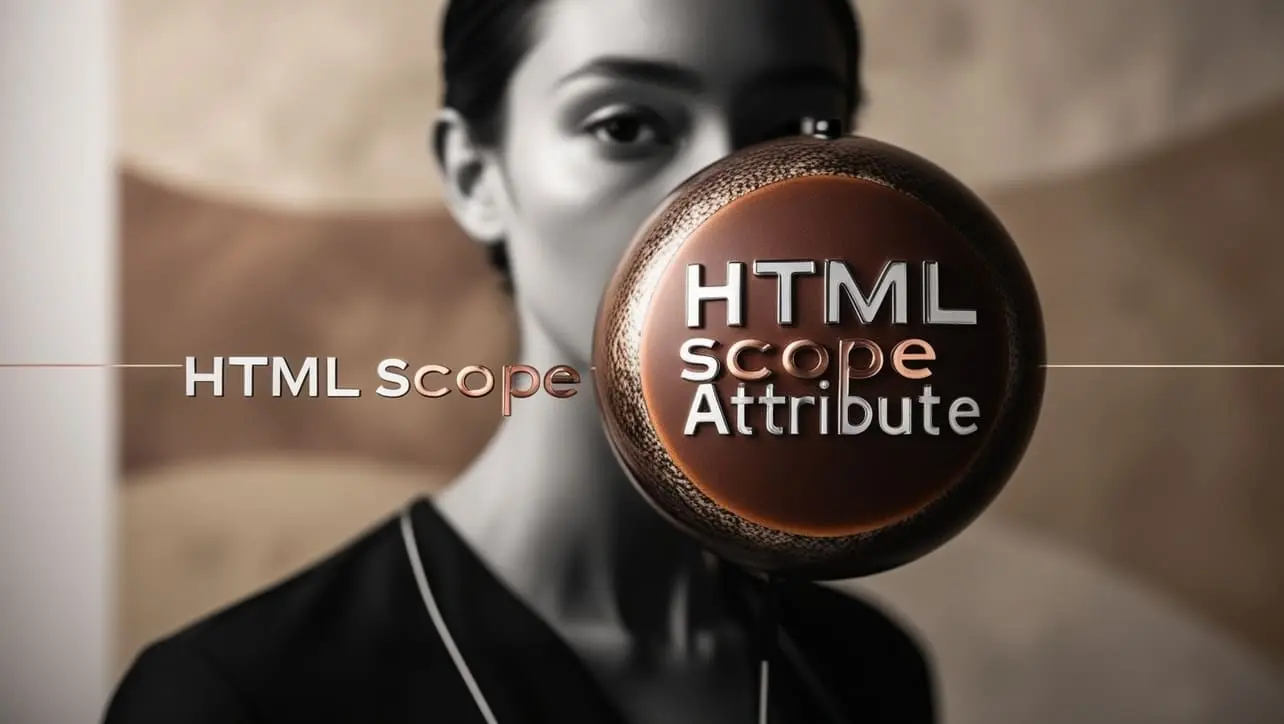
HTML Topics
- HTML Intro
- HTML Basic
- HTML Editors
- HTML CSS
- HTML Tags
- HTML Deprecated Tags
- HTML Events
- HTML Event Attributes
- HTML Global Attributes
- HTML Attributes
- abbr
- accept
- accept-charset
- accesskey
- action
- align
- alt
- archive
- as
- async
- autocapitalize
- autocomplete
- autofocus
- autoplay
- axis
- bgcolor
- border
- cellpadding
- cellspacing
- char
- charoff
- charset
- checked
- cite
- class
- classid
- codebase
- codetype
- color
- cols
- colspan
- compact
- content
- contenteditable
- controls
- coords
- crossorigin
- data
- data-*
- datetime
- declare
- default
- defer
- dir
- dirname
- disabled
- download
- draggable
- enctype
- enterkeyhint
- for
- form
- formaction
- formenctype
- formmethod
- formnovalidate
- formtarget
- frame
- frameborder
- frameset
- headers
- height
- hidden
- high
- href
- hreflang
- hspace
- http-equiv
- id
- inert
- inputmode
- ismap
- kind
- label
- lang
- list
- loop
- low
- max
- maxlength
- media
- method
- min
- multiple
- muted
- name
- novalidate
- onabort
- onafterprint
- onbeforeprint
- onbeforeunload
- onblur
- oncanplay
- oncanplaythrough
- onchange
- onclick
- oncontextmenu
- oncopy
- oncuechange
- oncut
- ondblclick
- ondrag
- ondragend
- ondragenter
- ondragleave
- ondragover
- ondragstart
- ondrop
- ondurationchange
- onemptied
- onended
- onerror
- onfocus
- onhashchange
- oninput
- oninvalid
- onkeydown
- onkeypress
- onkeyup
- onload
- onloadeddata
- onloadedmetadata
- onloadstart
- onmousedown
- onmousemove
- onmouseout
- onmouseover
- onmouseup
- onmousewheel
- onoffline
- ononline
- onpagehide
- onpageshow
- onpaste
- onpause
- onplay
- onplaying
- onpopstate
- onprogress
- onratechange
- onreset
- onresize
- onscroll
- onsearch
- onseeked
- onseeking
- onselect
- onstalled
- onstorage
- onsubmit
- onsuspend
- ontimeupdate
- ontoggle
- onunload
- onvolumechange
- onwaiting
- onwheel
- open
- optimum
- pattern
- placeholder
- popover
- popovertarget
- popovertargetaction
- poster
- preload
- readonly
- rel
- required
- reversed
- rows
- rowspan
- sandbox
- scope
- selected
- shape
- size
- sizes
- span
- spellcheck
- src
- srcdoc
- srclang
- srcset
- start
- step
- style
- tabindex
- target
- title
- translate
- type
- usemap
- value
- width
- wrap
- HTML Comments
- HTML Entity
- HTML Head
- HTML Form
- HTML IndexedDB
- HTML Drag & Drop
- HTML Geolocation
- HTML Canvas
- HTML Status Code
- HTML Language Code
- HTML Country Code
- HTML Charset
- MIME Types
HTML scope Attribute

Photo Credit to CodeToFun
🙋 Introduction
The scope attribute is a valuable feature in HTML that is primarily used within tables to define the scope of header cells.
By using the scope attribute, developers can provide additional information to assistive technologies and improve the accessibility of tabular data.
🎯 Purpose of scope
The main purpose of the scope attribute is to specify the relationship between header cells (<th> elements) and data cells within a table.
This is crucial for screen readers and other assistive technologies to interpret the structure of the table correctly.
💎 Values
The scope attribute accepts the following values:
- row: This value indicates that the header cell applies to all the cells in a particular row.
- col: This value indicates that the header cell applies to all the cells in a particular column.
- rowgroup: This value indicates that the header cell applies to a group of rows.
- colgroup: This value indicates that the header cell applies to a group of columns.
📄 Example
Let's look at a simple example of how to use the scope attribute in an HTML table:
<table>
<thead>
<tr>
<th scope="col">Month</th>
<th scope="col">Revenue</th>
<th scope="col">Expenses</th>
</tr>
</thead>
<tbody>
<tr>
<th scope="row">January</th>
<td>$10,000</td>
<td>$7,000</td>
</tr>
<!-- More rows... -->
</tbody>
</table>🧠 How it Works
In this example, the scope attribute is used to define the relationship between the header cells and the data cells. The Month header cell has a scope of col, indicating that it applies to the entire column of months.
🔄 Dynamic Values with JavaScript
You can also dynamically set the scope attribute using JavaScript. This can be beneficial when you need to update the table structure based on user interactions or other dynamic factors. Here's a brief example:
<script>
// Dynamically set the scope for a header cell
document.getElementById("dynamicHeader").scope = "row";
</script>🧠 How it Works
In this script, the scope attribute is set to "row" for a header cell with the id "dynamicHeader." This dynamic approach can be helpful when dealing with changing data structures in your tables.
🏆 Best Practices
- Use the
scopeattribute consistently and thoughtfully to provide clear and accurate information about the relationships within your tables. - Ensure that header cells appropriately match the content they are labeling to enhance the accessibility of your tables.
- Test your tables with assistive technologies to verify that the
scopeattribute is correctly interpreted.
🎉 Conclusion
The scope attribute is a crucial tool for improving the accessibility and structure of HTML tables.
By understanding and implementing this attribute appropriately, you can create more accessible and user-friendly tabular data.
👨💻 Join our Community:
Author

For over eight years, I worked as a full-stack web developer. Now, I have chosen my profession as a full-time blogger at codetofun.com.
Buy me a coffee to make codetofun.com free for everyone.
Buy me a Coffee












If you have any doubts regarding this article (HTML scope Attribute), please comment here. I will help you immediately.